Digizyme
Introduction to Epigenetics (for the Boston Museum of Science) | Digizyme
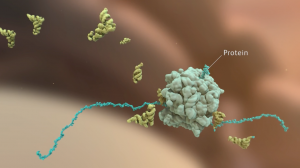
This animation explains how environmental conditions can influence the expression genes. We begin with a simplified view of gene transcription, mRNA synthesis and translation of the corresponding protein. We also observe how epigenetic ‘tags’ (chemical modifications to the DNA) can alter whether or not a gene is expressed.
» View the animation at DigizymeDengue Virus Entry | Digizyme, Gaël McGill, Janet Iwasa, Michael Astrachan, XVIVO
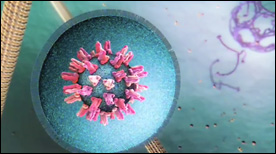
A narrated animation depicting the events that lead to Dengue virus entry into a host cell. In particular, rearrangements and conformational changes in the Dengue glycoprotein E are shown. These lead to membrane fusion and subsequent release of the viral payload into the host cell cytoplasm. Created for WGBH.
» View the animationIntestinal Crypt Stem Cells – A Clonal Conveyor Belt | Digizyme, Eric Keller
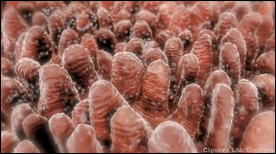
This animation, created for Hans Clevers’ lab, shows how the entire surface of the intestine is populated via a “clonal conveyor belt” mechanism. Daughter cells born from stem cells located at the base of the crypts travel up and differentiate, thereby pushing existing cells up towards the villus tip (the oldest cells are jetisoned via apoptosis at the villus tip). Adenoma formation is also shown.
» View the animationEpigenetic Regulation | Digizyme
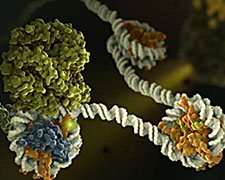 » View the animation
» View the animationInflammasome Assembly | Digizyme
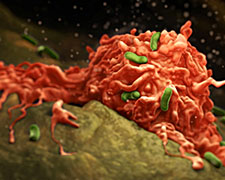 » View the animation
» View the animationDeath-Inducing Signaling Complex (DISC) | Digizyme
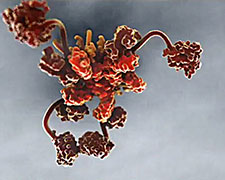 » View the animation
» View the animationHedgehog Signaling | Digizyme
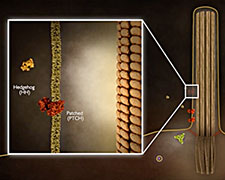 » View the animation
» View the animationNotch Signaling | Digizyme
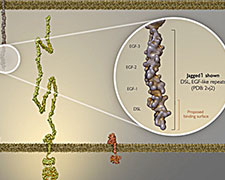 » View the animation
» View the animationProtein Secretion & Vesicle Trafficking | Digizyme
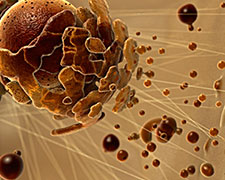 » View the animation
» View the animationApoptosome | Digizyme
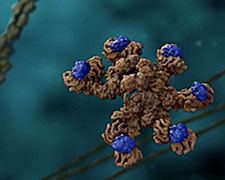 » View the animation
» View the animationDNA 3D Single Stranded Tiles (Wyss) | Digizyme
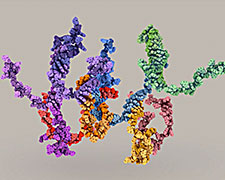 » View the animation
» View the animationDNA Building Blocks (Wyss) | Digizyme
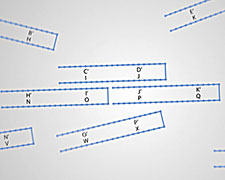 » View the animation
» View the animationDNA Nanorobot (Wyss) | Digizyme
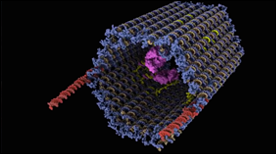
This animation depicts the structure and function of a drug delivery device created entirely of DNA. The therapeutic payload (in this case antibodies) is protected from the environment until a target protein (in this case PDGF, in green) competes for binding of the aptamer latches and triggers opening of the clamshell-like device.
» View the animation












